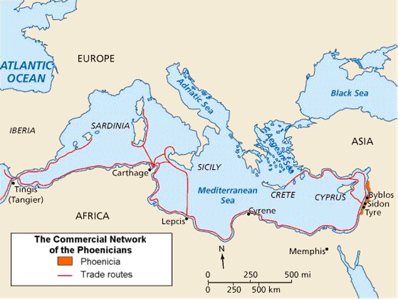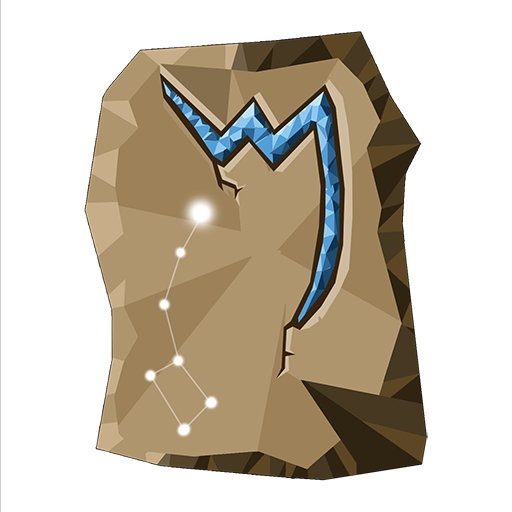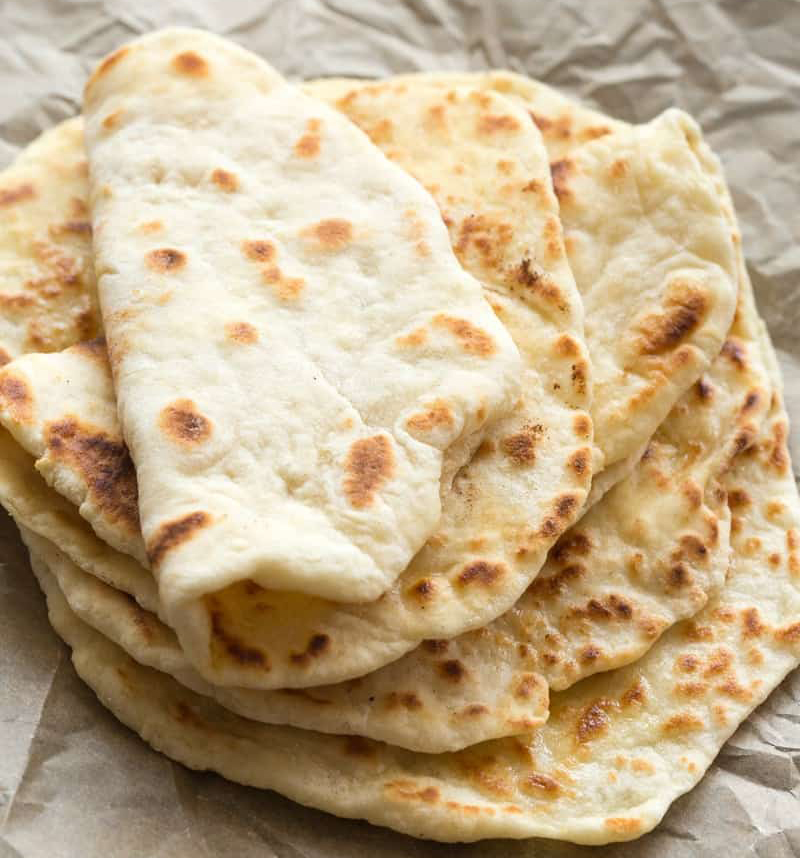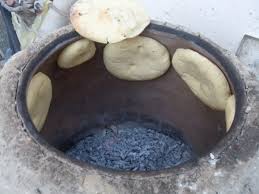Because the Phoenicians traded all over the Mediterranean, they had the opportunity to interact with a variety of civilizations and cultures of the region, thus gaining, among other things, new culinary experiences and eating habits.
The Phoenicians were consuming huge quantities of cereals, mainly wheat and barley, with which they made bread, various types of cookies and porridge which they ate for breakfast and sometimes enriched with cheese, honey and eggs. They would bake breads, and flatcakes that grew in popularity, crossed the borders and survived for centuries. Their “tabounas”, earthenware bread ovens are still used today in Morocco and Tunisia.
They also ate various legumes and vegetables such as peas, lentils, chickpeas, broad beans, beans, garlic and other wild greens which were used in various soups and stews sometimes in combination with meet from ships, cattle, deer, rabbits and various poultries. There is evidence that they knew how to grill their food on a wood fire.Other products to which they had access due to maritime trade were various species of fish and shellfish such as mullet, perch, grouper, sea bream, red mullet, mackerel, tuna, swordfish, shrimps and lobster.
Most popular fruits were pomegranates and figs. The pomegranate fruit was regarded as the fruit of fertility and figs were considered a delicacy. Other fruits and nuts at their disposal were dates, apples, quinces, olives, grapes, raisins, walnuts, hazelnuts, almonds, pistachios and chestnuts.
Grapes were also used to make wine. There are indications that the Phoenicians had a large production of wine which was also used in religious ceremonies. Olive cultivation was widespread and olive oil was used in cooking.
And as for herbs and spices, they had an amazing collection from the Middle East to choose from.





